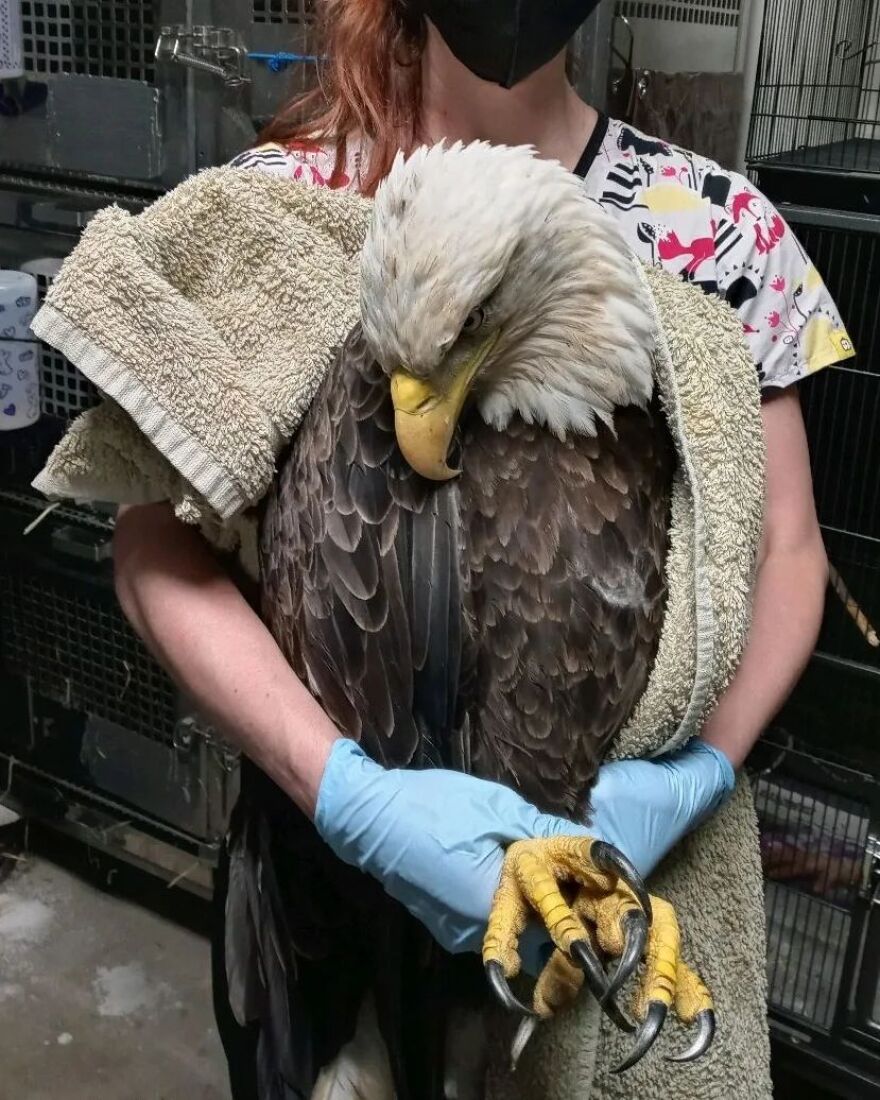BETHLEHEM, Pa. — The penalty for killing a bald or golden eagle in Pennsylvania could increase from $200 to $2,000 after almost a decade of work by a Lehigh Valley legislator.
- Senate Bill 709, sponsored by Sen. Lisa Boscola, D-Lehigh Valley, has gone to the House for consideration
- The bill would increase the fine and direct any monies collected towards bald and golden eagle conservation efforts across the commonwealth
- Bald eagles are no longer deemed endangered or threatened
“Senate passage of my legislation to protect bald and golden eagles is an important step to further build upon the tremendous work already done by conservationists and law enforcement officers to bring back eagles from the brink of extinction by upgrading the penalty to better reflect the continuing importance of these birds as America’s revered national symbol,” said state Sen. Lisa Boscola, D-Lehigh Valley.
Earlier this month, the state Senate approved Boscola’s bill, Senate Bill 709, which would increase the fine and direct any monies collected towards bald and golden eagle conservation efforts across the commonwealth. While federal penalties still apply, the bill, originally introduced by Boscola in August 2015, goes to the state House for consideration.
“While it is encouraging to see the rebound in the eagle population in recent decades here in Pennsylvania, we must continue to safeguard this progress and deter the killing of these emblematic creatures,” Boscola said.
Bald eagles: No longer endangered
When U.S. officials adopted the bald eagle as the national symbol in 1782, the country may have had as many as 100,000 nesting eagles, according to the U.S. Fish & Wildlife Service.
“The first major decline of the species probably began in the mid to late 1800s, coinciding with the decline of waterfowl, shorebirds and other prey,” according to the agency’s website. “Although they primarily eat fish and carrion, bald eagles used to be considered marauders that preyed on chickens, lambs and domestic livestock. Consequently, the large raptors were shot in an effort to eliminate a perceived threat.
“Coupled with the loss of nesting habitat, bald eagle populations declined.”
While it is encouraging to see the rebound in the eagle population in recent decades here in Pennsylvania, we must continue to safeguard this progress and deter the killing of these emblematic creatures."Sen. Lisa Boscola, D-Lehigh Valley
The Bald and Golden Eagle Protection Act, enacted in 1940, prohibits anyone, without a permit issued by the Secretary of the Interior, from "taking" bald or golden eagles, including their parts (as well as feathers), nests or eggs. A violation of the Act can result in a fine of $100,000 ($200,000 for organizations), imprisonment for one year, or both, for a first offense.
Both bald and golden eagle populations have rebounded in recent decades, and are classified by the International Union for Conservation of Nature Red List of Threatened Species as of “least concern.”
The bald eagle was removed from the federal endangered species list in 2007, and its status in Pennsylvania was changed to “protected” in 2014, according to a news release from Boscola announcing the Senate approval. The nesting population of bald eagles in Pennsylvania increased from three pairs in 1980 to 270 pairs in 2013 to over 300 currently.
Officials estimate there were more than 300,000 bald eagles present in the areas across the country studied for the 2019 breeding season, 4.4 times more eagles than in 2009, according to the U.S. Fish and Wildlife Service’s 2020 report on bald eagle populations.
However, lead poisoning has been an ongoing issue for eagles.
“As the eagle population increases, so does the chance of negative interaction between people and eagles. Lead in the environment is dangerous to bald eagles,” according to the state Game Commission. “Hunters can help prevent lead from being ingested by avian scavengers in two ways: by choosing to use non-lead ammunition and by burying carcasses and gut piles.”
Eagles, live streamed
The state Game Commission has cameras on two active bald eagle nests, one in Hanover, York County, at Codorus State Park, as well as one at an undisclosed location in central Pennsylvania.


